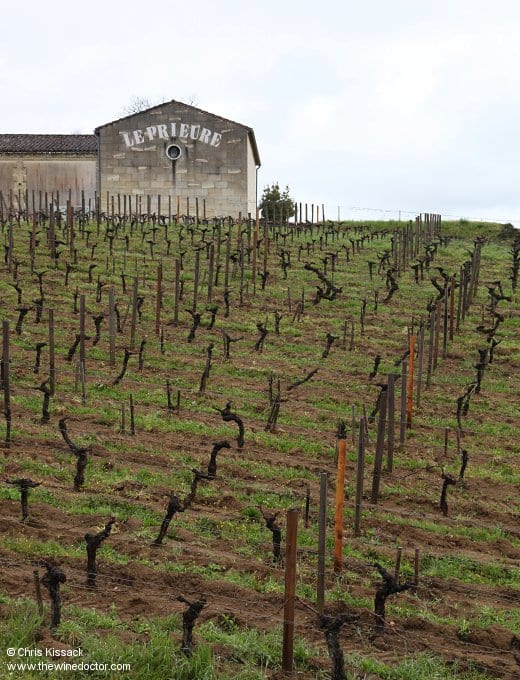Château Le Prieuré
The origins of this estate lay, unsurprisingly for a domaine named for a prieuré (a priory), with the church. It began life in the hands of the Cordeliers, one of several Franciscan orders (meaning they followed the teachings of St Francis of Assisi). They became known as the Cordeliers during the course of the Seventh Crusade, in the mid-13th century, a reference to the simple belt made of cord which they used to tie large brown cloaks. These monks probably lived close to St Emilion at Les Menuts, just outside the town walls (because they certainly owned the land), but when they moved within the town for protection they built a church and cloisters, the latter of which still stand today and remain one of the town’s most popular tourist attractions.
Having been here since at least the 14th century I suspect the monks were tending vines around the town since these early days, although records only describe with certainty the planting of vines here in 1696. Naturally, come the Revolution at the end of the 18th century, these lands were confiscated, broken up, and the various parts sold off as biens nationaux. The cloisters were abandoned and despite the order reforming and gaining official recognition in 1850, they were never reclaimed. They would once again play a peripheral role in the story of this estate, but not for many years, and before we get to that point we should first examine what happened to their vineyards which lay outside the walls, just to the east of the town, after they were sold off.

